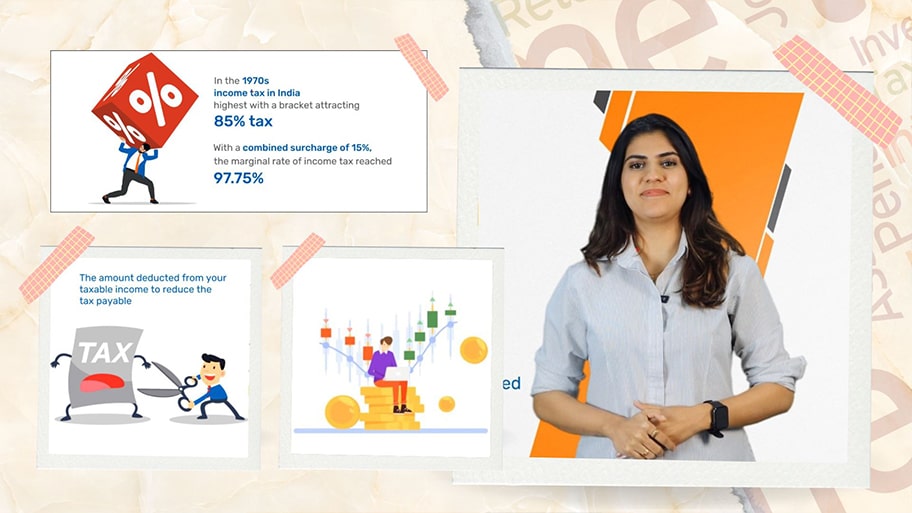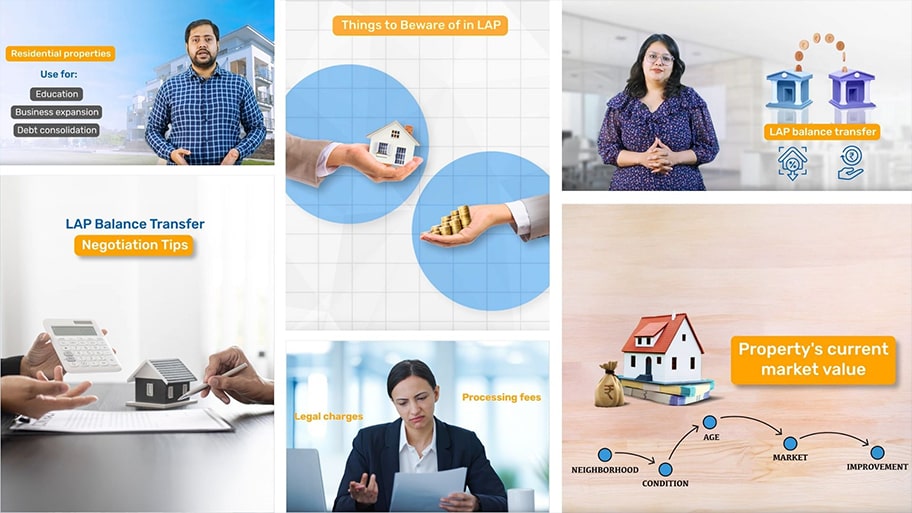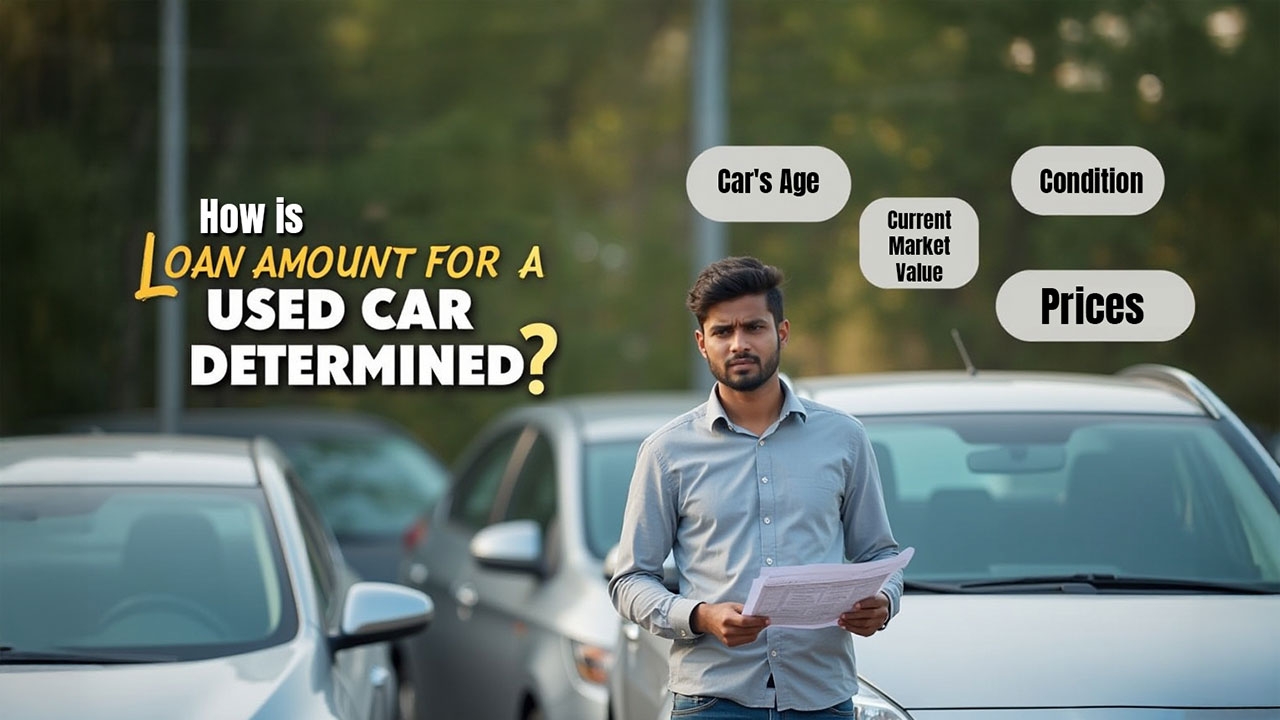From Wallet to Palate: Decoding Expenses of Dining Out, Ordering In, and Cooking at Home
India's rich culinary landscape offers diverse dining experiences, each with its own costs and benefits. Understanding these options could help you make better financial and lifestyle choices. In this video, we’ll break down the expenses associated with eating out, ordering in, and cooking at home. Eating out could range from affordable fast-food options to expensive fine dining. Quick meals might cost around Rs. 200-300 per person, while fine dining could exceed Rs. 5,000 for two.
We’ll also explore the growing trend of food delivery, where hidden costs like delivery charges, service fees, and taxes might inflate the bill. It could turn a Rs. 800 meal into a Rs. 1,000 one or more. Cooking at home could offer a cost-effective and healthier alternative. We’ll discuss grocery costs, utility expenses, and the overall savings of home-cooked meals. While it requires effort, cooking could foster healthier habits and allow for culinary creativity.
By evaluating these choices, you could decide which dining option aligns best with your budget and preferences, balancing convenience and cost. This might help you uncover the true cost of your meals and optimise your dining choices!

Key Takeaways
Dining out could offer convenience and variety, with meal prices ranging from Rs. 200 to Rs. 5,000, depending on the experience
Ordering food might include extra costs like delivery fees and taxes, often increasing the total bill beyond the menu price
Cooking at home could be more cost-effective, with weekly grocery expenses for a family of four ranging from Rs. 2,000 to Rs. 5,000
Home-cooked meals allow control over ingredients and portions, which might encourage healthier eating habits
Despite initial costs, cooking at home could foster family bonding and inspire culinary creativity
Understanding the costs of each dining option might help you make informed choices that align with your budget and lifestyle
Whether dining out, ordering in, or cooking at home, each option could offer unique benefits and trade-offs to consider
What to Watch Next
Bites



















































